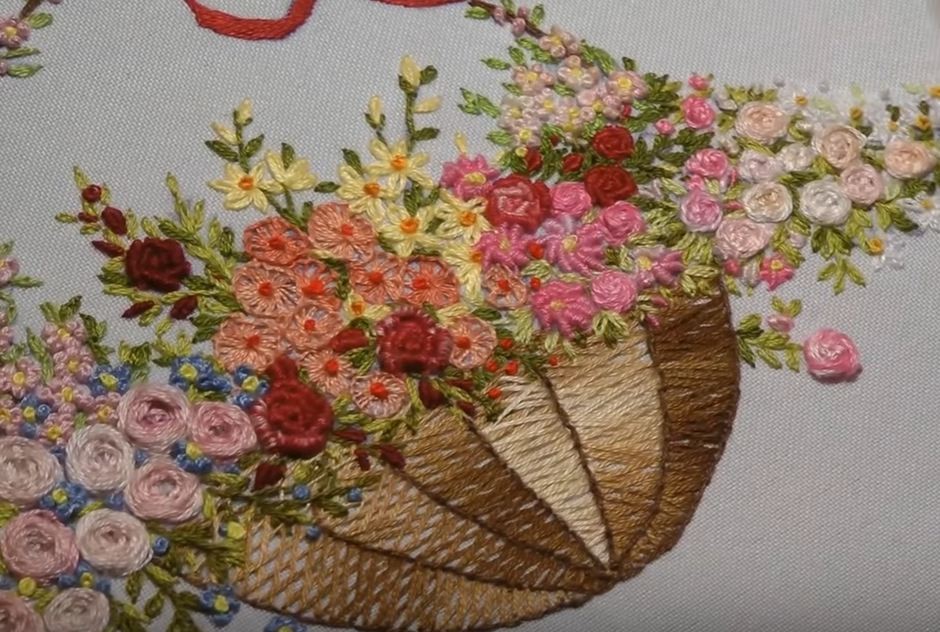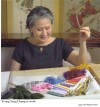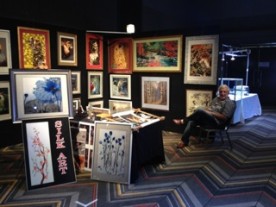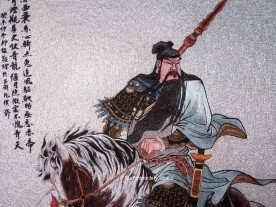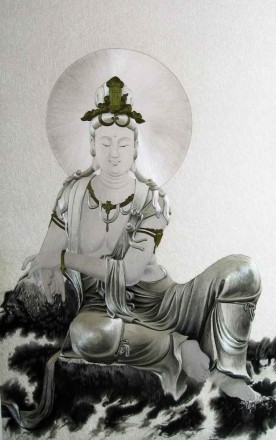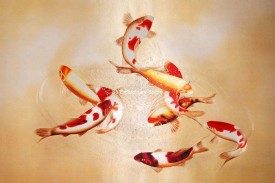The origins of crewel embroidery may forever remain shrouded in history's mists. Some evidence hints at the use of wool for embroidery by the Greeks and Romans. Fragments discovered in North Mongolia depict the face of a nomad warrior, dating back to around the 1st century BC, adorned with wool embroidery. Biblical references also make mention of curtains, altar cloths, and other hangings embroidered with wool, adorning Jewish tabernacles. The period from 400 AD to 1400 AD saw the popularity of crewel in England.
Interestingly, the term "crewel" originally referred to the wool yarn used for embroidery, not the style of embroidery itself. The word "crewel" has its roots in the old Welsh word for "wool." While heavier wools were traditionally used, today's crewel embroidery incorporates a wide variety of yarns to achieve different effects.
In earlier times, two-ply tightly twisted or worsted wool yarns were used for crewel work. Fine embroideries were crafted and manufactured during the Middle Ages. Silk on silk, linen, wool on linen canvas gained popularity during the reign of Elizabeth I. Wool alone was seldom used.
The exotic and intricate designs we associate with crewel today emerged and matured during the reign of James I, in the early 17th century. Some evidence suggests that this transformation was influenced by increased trade between the East India Company of India and England.
The proliferation of steel needles in England during this era also played a significant role in the development of traditional crewel designs. Although steel needles had been in use in Germany for 150 years, the greater supply of affordable needles in England contributed greatly to the widespread popularity of crewel embroidery. Wall and bed hangings were particularly favored. The stone castles and wooden structures of the time were often cold, drafty, and unattractive, making anything that added warmth and charm to the home highly appreciated. Crewel embroidery adorned many items, including table carpets, seat covers, and bedspreads.
Buy Chinese Silk Embroidery Online
Queen Elizabeth I was a renowned embroiderer and did much to formalize the art of embroidery. During her reign, many embroiderers came from the highest social circles. In 1561, Queen Elizabeth granted a charter to the Broiderers' Company, also known as the "Keepers and Wardens and Society of the Art and Mystery of the Broderers of the City of London." These craftsmen (mostly men at the time) created some of the most exceptional pieces from this period. Upon completing each piece, it was presented for inspection at Guild Hall to receive the guild's seal of approval. Pieces that did not meet the stringent requirements were cut up and burned!
The early 17th century saw an abundance of crewel embroidery, often referred to as "Jacobean Embroidery" during James I's reign. However, toward the end of the 17th century, silk embroidery began to eclipse wool. Crewel embroidery waned in the 18th century.
In America, embroidery was initially reserved for the wealthy due to the settlers' focus on developing the new land. Farming, spinning, weaving, sewing, and other essentials demanded their time. As a result, pieces like rugs and quilts were in higher demand. This era introduced the "Blue and White" style of embroidery. Women had to card, spin, weave, and dye their own flax. Since supplies were scarce, American women cultivated their own indigo plants for dyeing wool. The white wool came from its natural color. As supplies became more available, American women developed a unique style of crewel embroidery. Girls as young as six crafted samplers, becoming accomplished needleworkers by their teens.
However, in the early 18th century, crewel embroidery gave way to other needlework forms. By the end of the century, it experienced a resurgence once more. Schools were established in London and New York, rekindling the popularity of crewel.
Crewel embroidery during this time featured design elements like the Tree of Life, billocks, imaginative flowers, oversized leaves, and small animals. As America established itself, colonists sought ways to embellish their homes. They found it convenient to create their own fabrics and dye their own home-spun yarn. A new era of easier and more elegant crewel embroidery was born, with distinctly American characteristics.
Unfortunately, changing lifestyles eventually led to the decline of crewel embroidery. In 1898, there was a brief revival, only to wane once more. However, the new century brought yet another resurgence in the mid-1900s. Crewel, or creative stitchery, saw a revival. Cotton, linen, silk, gold, silver, feathers, jewels, buttons, beads, and any other materials a stitcher could imagine were now fair game.
Custom Portrait Embroidery from Photo
Traditionally, linen was the fabric of choice for crewel embroidery, though any firmly woven material with threads that separate easily when sewn can be used. Lightweight cottons like muslin or percale are not recommended, as they tend to pucker when stitched with heavy wools. In the 18th century, cotton twill weave was popular, with linen and cotton twills woven by hand. The smooth surface and slight diagonal rib of the twill provided an excellent contrast to worsted thread. Occasionally, the linen twill was brushed to create a raised nap and a softer texture, a process known as "fustian," likely the origin of velvet. Brushed wools, acrylics, and nylon fabrics are excellent choices for crewel embroidery, contrasting well with wool threads. While modern stitches favor all-natural fabrics, the possibilities in crewel embroidery are boundless. Crewel can be worked in silk, mercerized cotton, wools, or metal threads. Traditional crewel featured fine stitching on linen with very fine threads, but today's crewel welcomes any creative approach. There are no strict traditional crewel stitches; basic embroidery stitches suffice.
by Su Embroidery Studio (SES), Suzhou China
SES is dedicated to Chinese Silk Embroidery Art and High-End Custom Embroidery
Find SES's embroidery work at Chinese Silk Embroidery for Sale.


